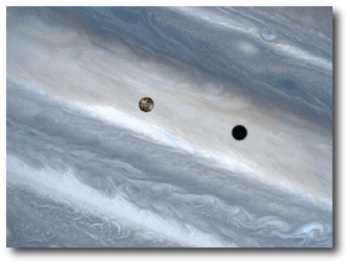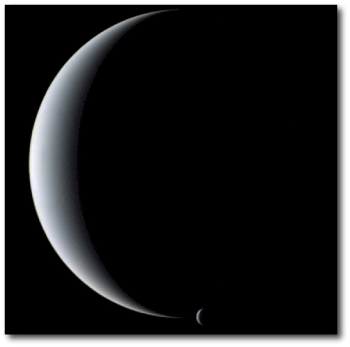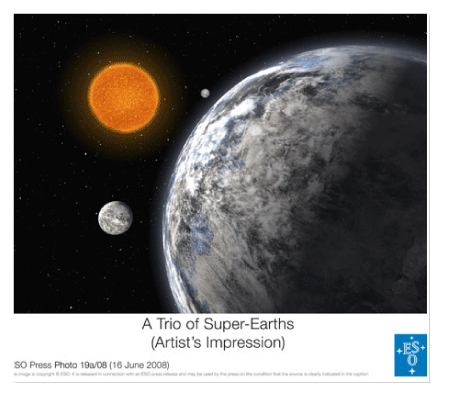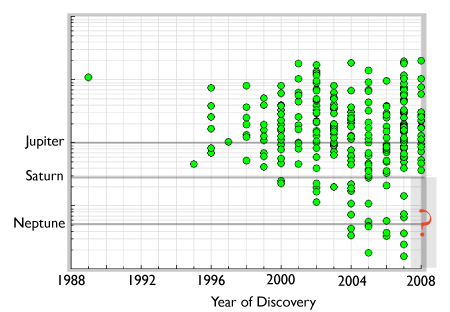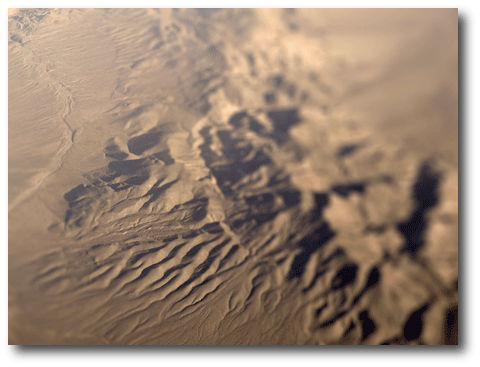
Download 1017 x 761 px version here.
This dry range is near Gabbs, Nevada.
I remember stopping at a bar in Gabbs on a Saturday night in October 1993. We were low on gas, having foolishly skipped a possibility to fill up at Walker Lake. We’d been driving all day. In the deserted gravel lot, the sky was freezing black and spangled with stars.
I drank a beer and talked to the only other patron — a grizzled Vietnam veteran who worked at the molybdenum mine. The word molybdenum sounded strange, exotic. In 1993, the price of molybdenum was in free fall, and in 1994, it would reach a low of $3,510 per metric ton ($1.59 per pound). The mine was laying off workers and was in danger of closing.
The gas station in Gabbs was closed. The bartender called the nearest possibility, the old Pony Express station Middlegate, 50 miles north. “You’re in luck, they’ve got gas.”
The current spot price for Molybdenum oxide is 33.50 dollars per pound, a less-noticed example from the many changes that make 1993 seem increasingly a part of a bygone millennium. Hundreds of extrasolar planets, e-mail inboxes that routinely receive hundreds of messages (mostly spam) per day, and this uneasily growing realization that the raw materials may be the deciding factor after all.
I wonder whether the extrasolar planets will ever have a flatly practical economic value. The scramble to detect new planets often feels like a land rush, but is there a real possibility that we’ll eventually pack up and go to these systems that are showing up in the correlation diagrams? Do the economics of interstellar travel ever work out?
In this context, it’s slightly disconcerting to remember that the molybdenum has already made the interstellar journey (see e.g. here). The most abundant Mo isotope is molybdenum-98, which constitutes 24.14% of Earth’s molybdenum. These atoms were produced both via the s-process, which takes place in red giant stars, and where a chain of slow neutron captures is interspersed with beta decays, and by the r-process, which occurs in supernovae.
The fact that the resources made the trip for free makes it seem a little more likely that we may well be able to get more, but only if we pay…

